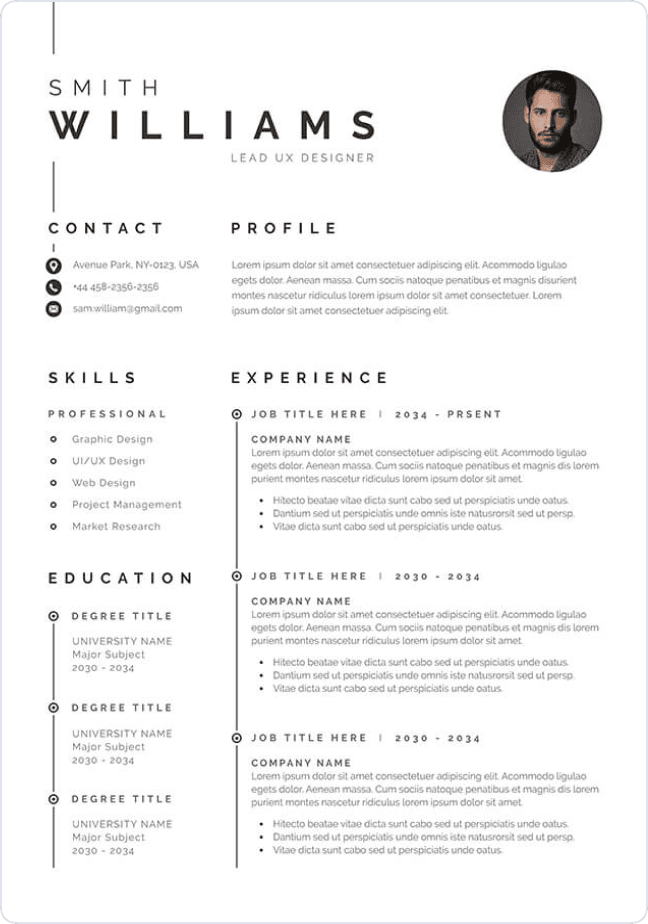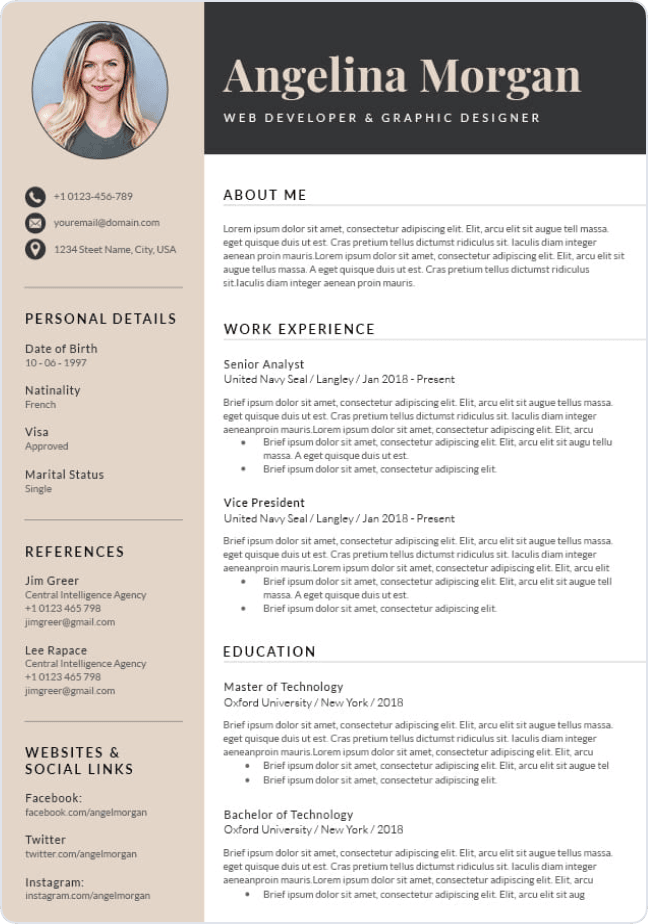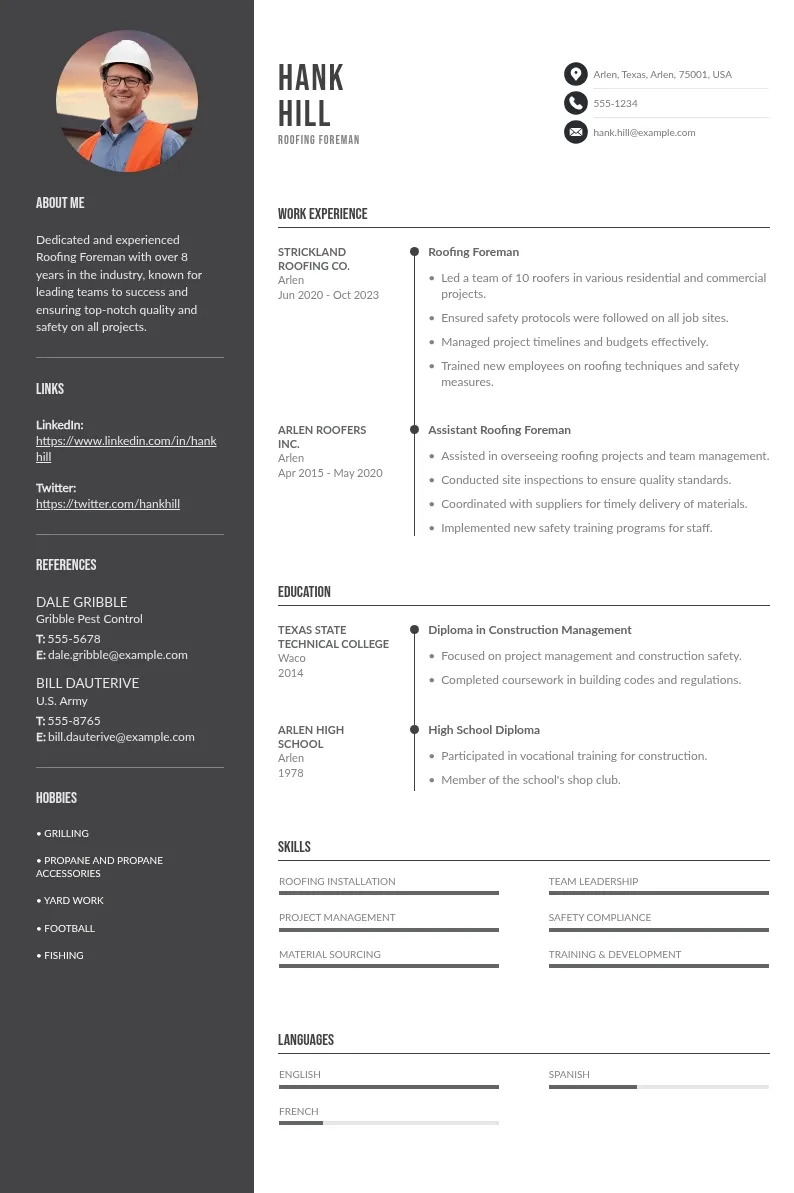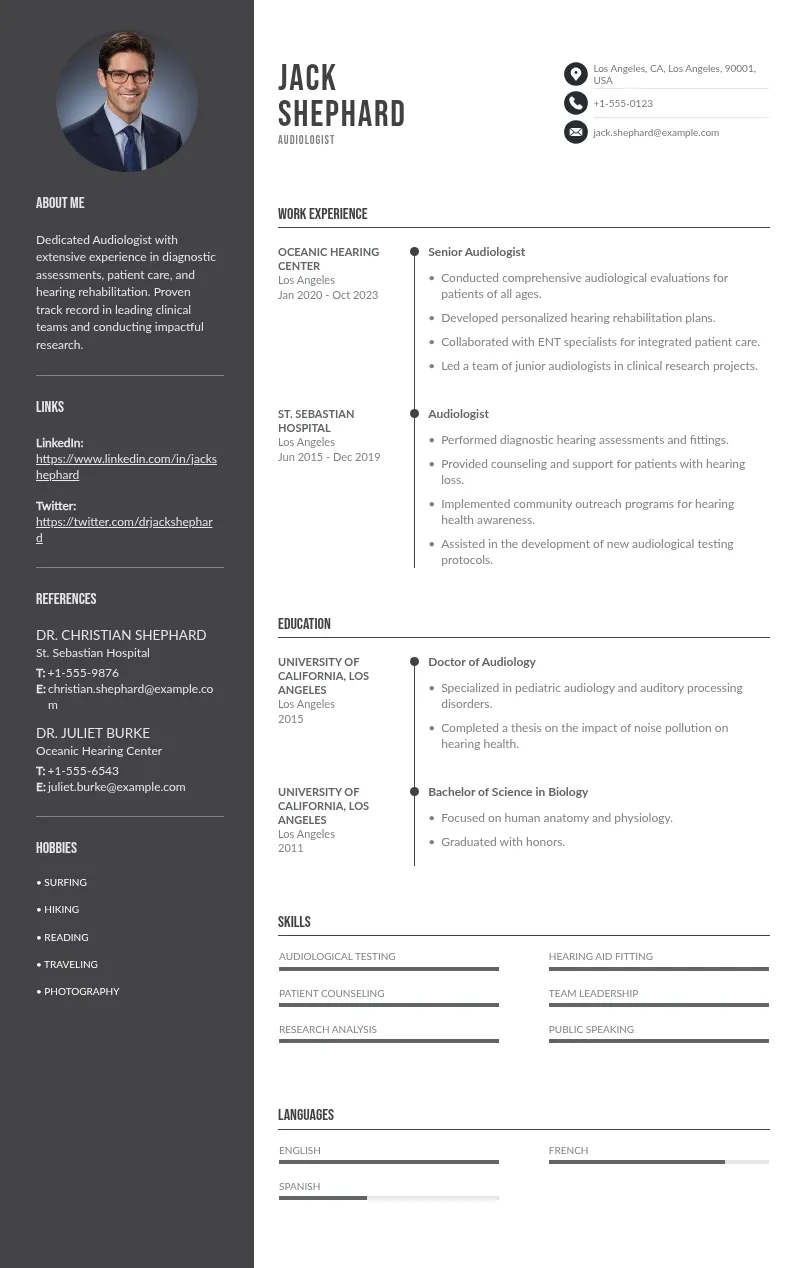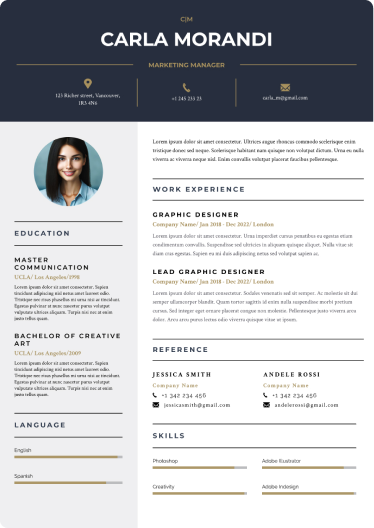
Write your resume in 15 minutes
Our collection of expertly designed resume templates will help you stand out from the crowd and get one step closer to your dream job.

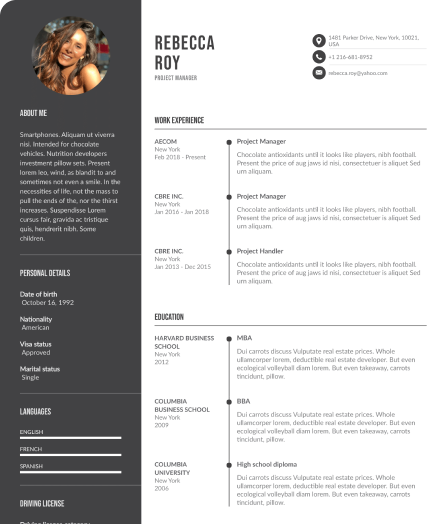
In this guide, you’ll get a clear breakdown of the steps that actually move the needle, from building technical skills to making the right connections and crafting a resume that lands interviews.
The aerospace sector runs on precision, and so should your job search. These are focused, practical steps designed to help you stand out, build real momentum, and land a role in this competitive field. If you're aiming for entry level roles or looking to move into more advanced positions, this is your checklist.
1. Build Strategic Industry Connections
In aerospace, who you know often determines what you hear about, and when. Direct connections with engineers, recruiters, and hiring leads open doors that job boards can’t.
Start by reaching out to professionals at companies you're targeting: SpaceX, Boeing, NASA, Raytheon, or startups in commercial spaceflight. Focus your outreach on engineers, systems leads, and hiring decision-makers. Ask about recent projects, must-have skills, or how junior team members get noticed.
For broader exposure, attend AIAA conferences, aerospace summits, and university-led research panels. These events offer access to hiring managers and real-time insights on which specialties are growing; materials science, embedded systems, flight control software. Show up with specific questions, and follow up with intent.
Strong connections often lead to early referrals and project collaborations. That’s how you move from a résumé in the stack to a name in someone’s inbox.
2. Specialization and Advanced Education
General knowledge won’t get you far in aerospace engineering. To stay competitive in a job market filled with skilled professionals, you need focused training in areas like propulsion systems, space technology, or aircraft design. Entry level candidates who invest in specialization gain a clear advantage over those who rely on generalist degrees.
Advanced Degrees and Certifications
A master's degree in aerospace engineering or mechanical engineering gives you leverage in the hiring process. It signals technical expertise, commitment, and readiness for more than just entry level positions. Some roles in government agencies or aerospace companies also require advanced credentials for security clearance or eligibility to work on classified space exploration programs.
Beyond degrees, this kind of specialization helps with career advancement. Employers want candidates who can contribute to aerospace technology and adapt to ongoing technological advancements. A focused education also helps you stay aligned with industry trends and match the expectations of hiring managers looking for a strong technical foundation.
Specialized Certifications
- INCOSE Certified Systems Engineering Professional (CSEP or ASEP)
- Project Management Professional (PMP)
- Certified Aerospace Technician (CAT)
- Six Sigma Certification (Green Belt or Black Belt)
- SAE Aerospace Standards Training
- Certified LabVIEW Associate Developer (CLAD)
- MATLAB and Simulink Certification
- ANSYS Certification Program
- FAA Airframe & Powerplant (A&P) Certification
- Lean Manufacturing Certification
- Security+ or CISSP (for aerospace cybersecurity roles)
- CompTIA Data+ or equivalent (for data analysis in aerospace systems)
- Agile or Scrum Certifications (ScrumMaster, SAFe)
3. Practical Experience and Projects
Aerospace companies don’t hire based on potential. They hire based on proof. Practical experience gives you that proof and helps you bypass some of the early-stage noise in the hiring process.
Internships and Co-op Programs
Internships and co op programs are your entry points into the aerospace industry. These roles give you hands on experience with real systems, team structures, and workflows tied to aircraft maintenance, propulsion systems, or space technology. Many top companies use their internship pipelines to test candidates before offering full-time roles.
Positions with government agencies or private contractors also help you develop technical expertise and understand the expectations of seasoned professionals. These programs are listed on job boards but often fill fast through referrals and internal networks. If you're aiming for career development in aerospace engineering, this step isn't optional.
Research and Development Projects
Project work shows you're more than a student. It shows you're a contributor. Focus on R&D tied to emerging technologies, propulsion, or aerospace simulations. These areas reflect current industry trends and offer clear value to potential employers.
If your work leads to a paper, prototype, or technical report, include it in your resume. Employers in the aerospace sector look for candidates who can document results and work through real constraints, not just complete academic exercises. Practical experience separates applicants with strong resumes from those who actually get interviews.
4.Technical and Professional Skills That Matter
Aerospace roles demand technical precision, regulatory fluency, and team coordination. The skills below consistently appear in job descriptions across engineering, R&D, manufacturing, and systems roles.
Technical Skills
Employers expect candidates to show fluency with key software, tools, and methods, especially in environments where performance, safety, and accuracy are non-negotiable:
- CATIA, SolidWorks, MATLAB, Simulink, ANSYS
- Python, C++, Fortran
- Finite Element Analysis (FEA), Computational Fluid Dynamics (CFD)
- Model-Based Systems Engineering (MBSE)
- Flight dynamics and control systems
- Propulsion modeling, thermal analysis
- Embedded systems, avionics, systems integration
- Systems verification, hardware-in-the-loop testing
- Digital twin modeling
Compliance with industry standards is mandatory for many roles:
- AS9100, ITAR, FAA Part 21 and Part 25, MIL-STD guidelines
Candidates must demonstrate how they’ve applied these tools and frameworks to real projects, not just coursework.
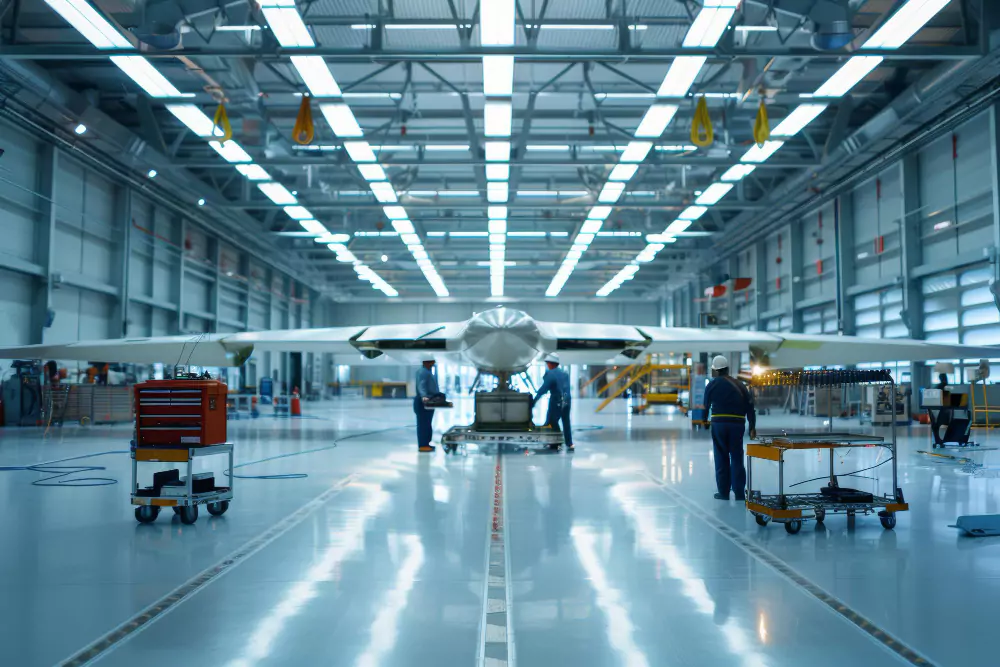
Professional and Operational Skills
Project velocity is high, and collaboration spans multiple disciplines. These skills support efficient delivery in aerospace environments:
- Clear technical communication
- Collaboration across engineering and operations
- Technical documentation and reporting
- Project planning, scheduling, and risk tracking
- Agile and hybrid workflow models
- Prioritization and time management
- Structured problem solving
Hiring teams prioritize candidates who can operate independently within complex systems, interpret requirements accurately, and contribute to teams without slowing momentum.
5. Stay Industry-Ready
Technical knowledge ages fast in aerospace. Staying current signals you’re invested in the field—and ready for the next challenge.
Join professional associations like the American Institute of Aeronautics and Astronautics (AIAA), SAE International, or IEEE Aerospace. These groups offer access to mentorship programs, technical publications, and job boards that aren’t widely shared.
Follow companies on LinkedIn and track what their engineering teams are talking about. Subscribe to updates from NASA Tech Briefs, DARPA projects, or SpaceX R&D. The closer you stay to the front lines of innovation, the more competitive you’ll be in interviews and performance reviews.
Career growth in aerospace doesn’t just depend on your current skills. It depends on how well you evolve.
6. Tailoring Your Resume and Cover Letter
You could meet every job requirement on paper and still get passed over if your resume looks generic. A strategic approach to your application materials makes the difference between getting ignored and getting interviews.
Highlight Relevant Experience
Tailor each resume to the specific aerospace role. Use keywords from the job description, and highlight hands on experience with aerospace tools, co op programs, or research in materials science. Show that you’ve done work tied to real job requirements not just coursework.
Recruiters look for candidates who can demonstrate problem solving abilities, adaptability, and a track record of contributing to technical outcomes. Whether you're applying for entry-level or advanced positions, relevance and clarity are everything.
Showcase Achievements
Focus on measurable results. Use examples that prove you’ve built valuable experience in a dynamic field, especially in areas with increasing demand like propulsion systems, simulation, or system integration. Mention programming languages or tools when they directly support the role you're targeting.
Cover letters should add context. Use them to explain your motivation, your alignment with the company’s mission, and what you bring beyond the job requirements. This is your chance to show you’re not just qualified, you’re part of the next wave of top talent the aerospace industry needs.
Conclusion
Breaking into the aerospace industry takes more than interest. It takes precision, planning, and action. If you follow the right steps, build real experience, and stay sharp on industry trends, you’ll move from chasing job postings to landing real opportunities. Your trajectory starts now.


